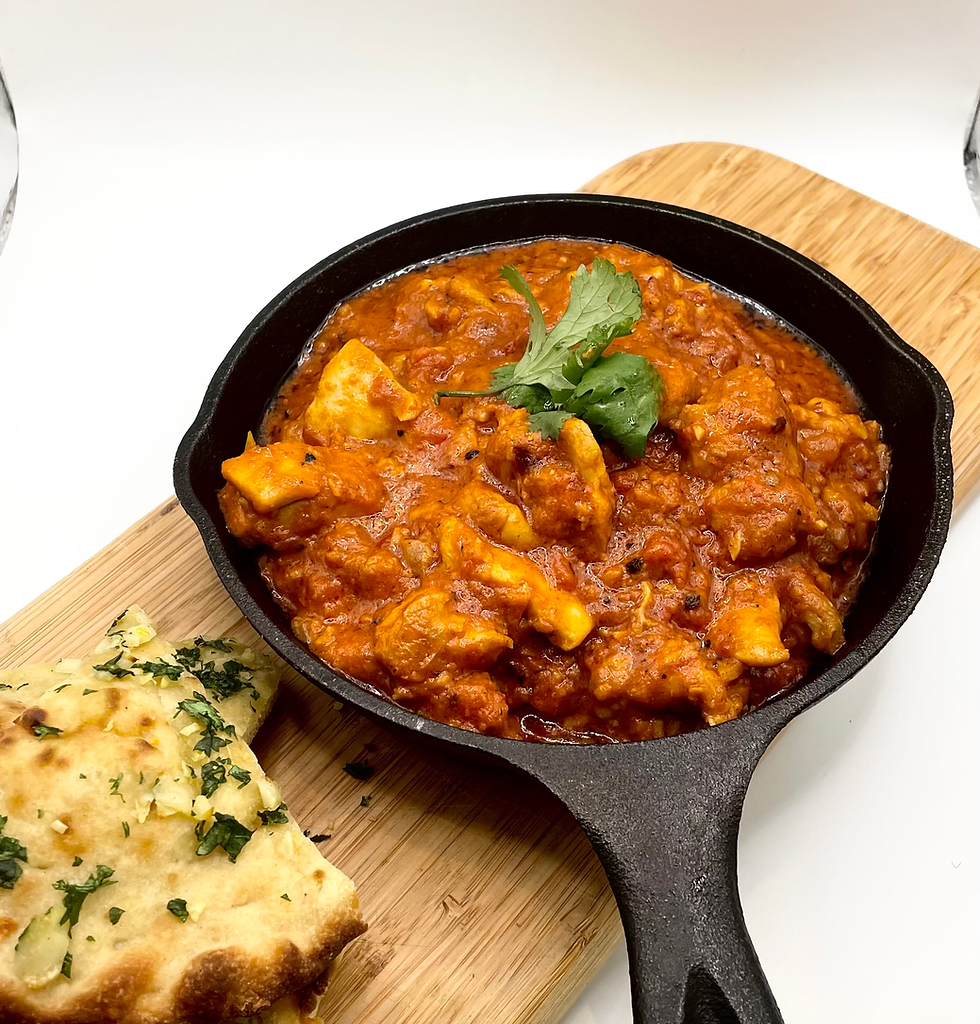Khao Soi - Thailand
- ecozcan
- Jun 24, 2024
- 3 min read
Updated: Oct 16, 2024
In the rich tapestry of Thai cuisine, Khao Soi stands out not just for its unique flavor profile but also for its deep cultural significance. This traditional dish, hailing from the northern regions of Thailand, encapsulates a vibrant history and a complex blend of influences that reflect the multicultural heritage of the area. But beyond its delicious layers of taste, Khao Soi is also a lens through which we can examine some of the pressing challenges facing Thailand today, and the potential solutions that might shape its future.
Unpacking Khao Soi
Khao Soi is a noodle soup that combines elements of Thai and Burmese cuisines, resulting in a dish that is both aromatic and comforting. At its core, it features egg noodles cooked in a rich, curry-based broth that's often seasoned with a blend of spices, coconut milk, and sometimes a hint of sweetness. The dish is typically garnished with crispy fried noodles, fresh herbs, lime, pickled mustard greens, and sometimes a sprinkle of chili flakes, offering a symphony of textures and flavors.
Historically, Khao Soi reflects the cultural crossroads of Northern Thailand. The dish is thought to have been influenced by the cuisine of the Shan people from Myanmar, blending seamlessly with local Thai ingredients and culinary practices. This fusion of flavors represents the region’s long-standing interactions with neighboring cultures and underscores the region's historical role as a melting pot.
Cultural Significance
Khao Soi is more than just a meal; it’s a cultural emblem in Northern Thailand. For many locals, it’s a comfort food that evokes a sense of home and community. Traditionally enjoyed during special occasions and family gatherings, the dish embodies the warmth and hospitality that characterize Thai culture.
Moreover, Khao Soi is a culinary symbol of Northern Thailand’s ethnic diversity. It reflects the region's historical connections with the Burmese Shan states, Chinese immigrants, and other neighboring groups. The dish’s evolution illustrates the cultural exchanges that have shaped the region’s identity over centuries.
Challenges Facing Thailand
Despite its rich cultural heritage, Thailand faces several challenges that impact both its cuisine and its people. These issues are multifaceted, ranging from economic disparities and environmental concerns to the pressures of globalization.
Economic Disparities: Thailand’s economic growth has not been evenly distributed, leading to significant disparities between urban and rural areas. Northern Thailand, where Khao Soi is a staple, often experiences higher levels of poverty compared to the more affluent central regions. This economic imbalance affects local farmers, including those who grow the ingredients used in traditional dishes like Khao Soi.
Environmental Concerns: Thailand’s rapid development has had a profound impact on its environment. Issues such as deforestation, air pollution, and water scarcity threaten not only the natural beauty of the country but also the sustainability of agricultural practices. These environmental challenges can impact the availability and quality of ingredients used in traditional dishes.
Cultural Preservation Amidst Globalization: As Thailand becomes more connected globally, there is a growing concern that traditional practices, including culinary traditions, may be overshadowed by global trends. The spread of international fast food and the influence of global culture can sometimes lead to the dilution of local culinary heritage.
Potential Solutions
Addressing these challenges requires a multifaceted approach that balances economic development with cultural and environmental preservation.
Promoting Sustainable Agriculture: Supporting sustainable farming practices can help ensure that the ingredients for traditional dishes like Khao Soi remain available and of high quality. Initiatives such as organic farming and fair-trade practices can enhance the livelihoods of local farmers and contribute to environmental conservation.
Fostering Economic Development in Rural Areas: Investing in infrastructure, education, and healthcare in rural areas can help bridge the economic divide. By promoting local tourism and supporting small-scale businesses, Northern Thailand can boost its economy while preserving its cultural heritage.
Celebrating and Preserving Cultural Heritage: Encouraging the appreciation of traditional cuisines through culinary tourism and education can help preserve cultural practices. Efforts to document and share traditional recipes, like Khao Soi, ensure that these dishes continue to be celebrated and enjoyed by future generations.
Conclusion
Khao Soi is more than a dish; it’s a representation of Northern Thailand’s rich cultural history and the region’s diverse influences. As Thailand navigates its economic, environmental, and cultural challenges, preserving the essence of its traditional foods and practices is crucial. By addressing these challenges with thoughtful solutions, Thailand can continue to honor its culinary heritage while embracing a sustainable and inclusive future.



Comments